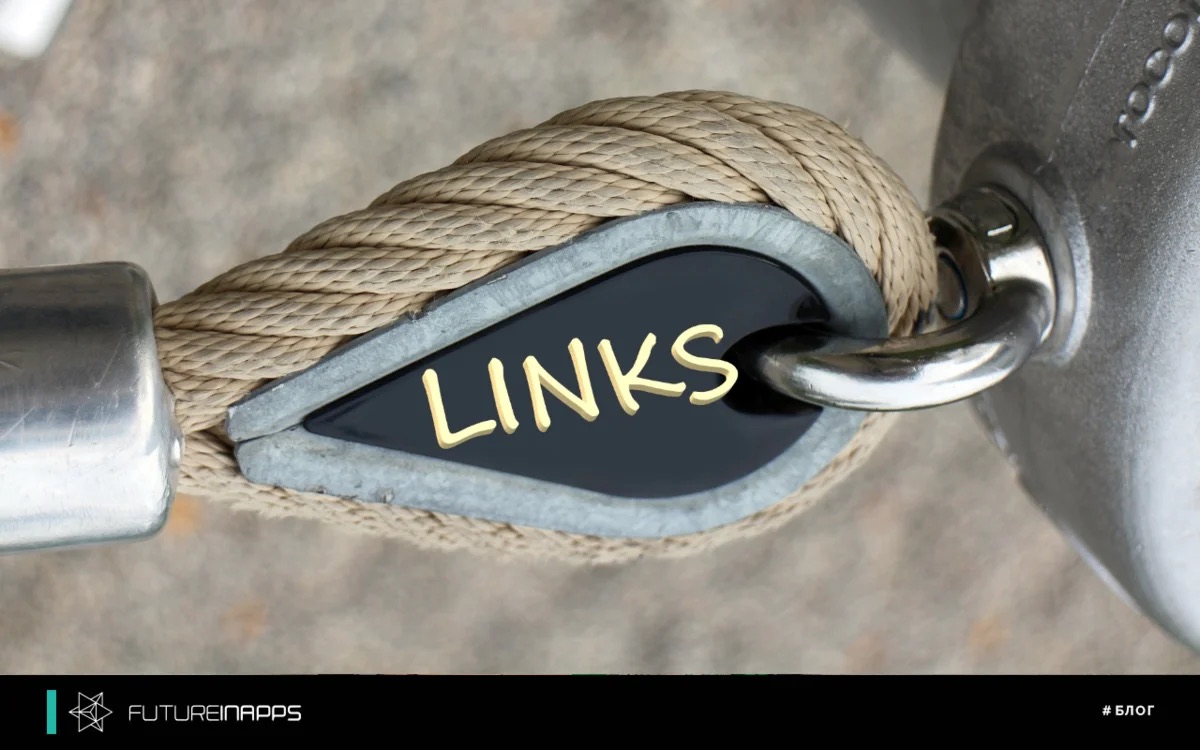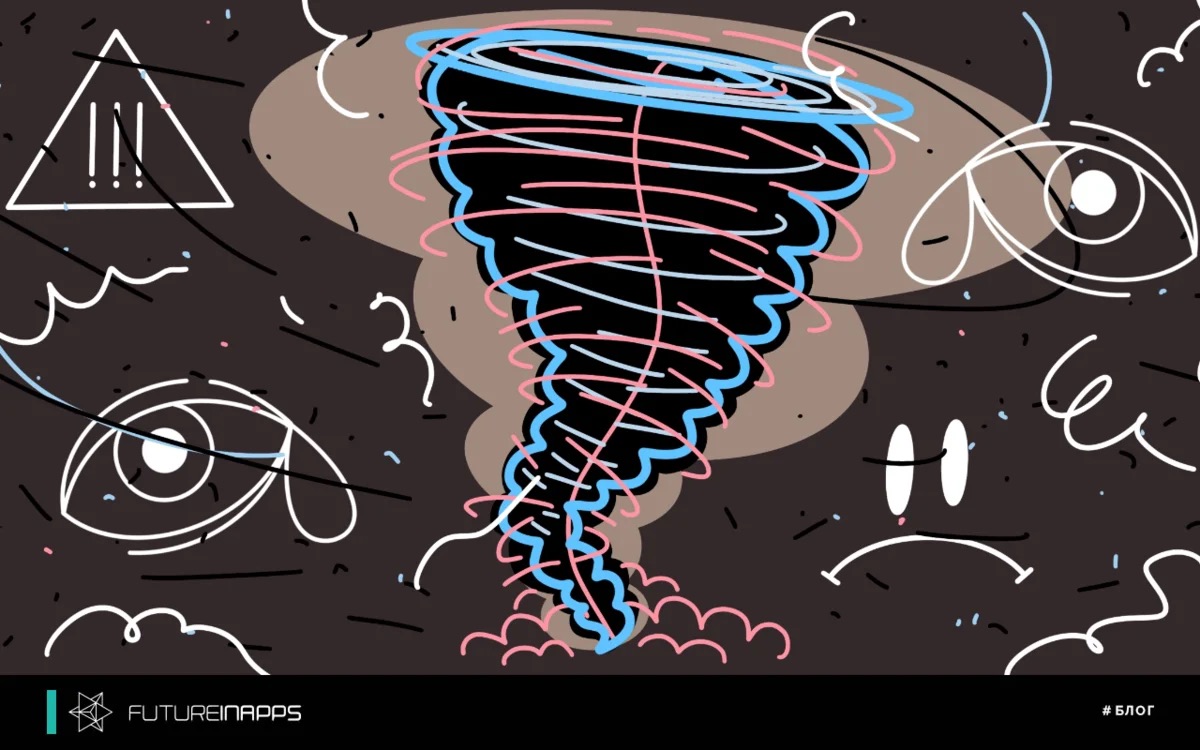In today's global market, it is not enough just to have a digital presence. To take advantage of the opportunities and captivate real, living readers, you need an optimized, functional, interactive website. Unfortunately, the Internet is teeming with bad website design, which does not correspond to any technical or substantive characteristics.
It's time to put an end to bad sites, once and for all. Let's look at how customers and developers are supporting this trend of poor-quality websites, and define new design and development standards that will help end this vicious circle of websites that have no content.
Customers
Unrealistic customer expectations can doom the site to failure even before
Unfortunately, many customers have limited knowledge of what a website should be, and, more importantly, what a functional website can provide. They believe that the success of the assembly depends solely on an attractive interface. Customers believe that as long as their website “looks good,” it will float in cyberspace, effectively expanding the reach of the brand, simultaneously magically attracting millions of interested users and turning them into customers.
The truth is, website magic doesn't work that way.
To ensure results, the website must offer an attractive, dynamic user experience. Yes, graphics is crucial for the design process. However, to optimize success, this is not enough. Your developer must create complex infrastructure for both the site and the SEO functions that need to be developed and tested before starting to launch the site. This is where the magic of the site really begins.
Budget customer expectations can also play a bad role in launching a low quality site. When it comes to promoting your brand, it is important to remember that in the end you get what you pay for. Effective, intuitive site design is complicated. But the result is worth the investment.
Developers
Of course, customers are not the only ones who perpetuate bad sites. The developers themselves can also contribute to poorly designed, inefficient sites that are flooding the Internet. How?
Backwardness and old industry standards.
A website is not a Powerpoint presentation (it’s also a static and boring data stream) that lacks the latest design, functionality and initial SEO optimization.
Yes, some of your customers will be a little shocked, because they are used to seeing only the static standard picture of the site. But you have to tell them about the many benefits offered by the all-in-one website. If they insist on a cheap site - do not accept the project. It is much better to give up one customer than to lose countless potential customers who notice that you are producing a bad product.
What opportunities can be used in developing a great site?
Here are nine non-negotiable standards (and two bonus tips) for implementation on your site:
1. Fast download - no one wants to wait until your site loads. Developing websites with fast download times for all users on all devices (even with a slower Internet connection).
Read why download speed is so important in the article:
Slow sites increased speed due to page speed updates. Why is the site loading speed so important?
2. Mobile Ready - almost everyone uses smart devices daily. Create an attractive, mobile-friendly design that your audience can access anytime, anywhere.
3. Tracking enabled - analytics matters - this is the best way to determine if your site is actually doing its job. The final design should include functionality for measuring key indicators such as traffic, goals, and conversions.
4. SEO - do not underestimate the possibility of optimizing your site for browsers and people. Develop attractive and readable content for your subscribers. For search engines, always include all important embedded tags and SEO elements, including layouts and XML maps.
Read an interesting SEO article:
5. CMS - publishing fresh, original content not only captures your audience, but can also provide an invaluable, long-term pool for digital marketing. Include in your project an internal content management system so that customers can publish and edit content as needed.
6. Conversion optimization - is there a conversion-oriented client? Integrate campaign landing page tools into your design. These designated pages can cause your readers to navigate your site to make an appointment, request a product demonstration, or even make a purchase.
7. Email marketing - yes, email marketing is still working. There must be a "capture form" email clients.
8. Social networks - never miss the opportunity to use the opportunities of social networks. Integrate all relevant social networking platforms into your design. Providing users with quick access to social networking pages from a website instantly expands brand reach and helps increase visibility and attendance.
9. Reliable security - never compromise security. Each project should include basic security and privacy protocols, such as basic security checks, to protect client and user data.
Two bonus tips to consider when creating a website:
10. Progressive Web Applications - Experienced web designers, intrigued by the impact of applications on mobile multimedia platforms, successfully combined the best functions of web applications into a hybrid, known as Progressive Web Applications (PWA). Consider incorporating various features into your design, such as screen savers, push notifications, and animated page transitions to increase the overall level of UX.
11. Machine learning and artificial intelligence - yes, Artificial Intelligence is no longer a futuristic, high-tech concept and successfully entered into our everyday public experience. Look for new AI tools to embed it on sites.
Does your brand website meet standards?
If not, then it's time for an immediate online reconstruction. Contact Futureinapps professionals!







